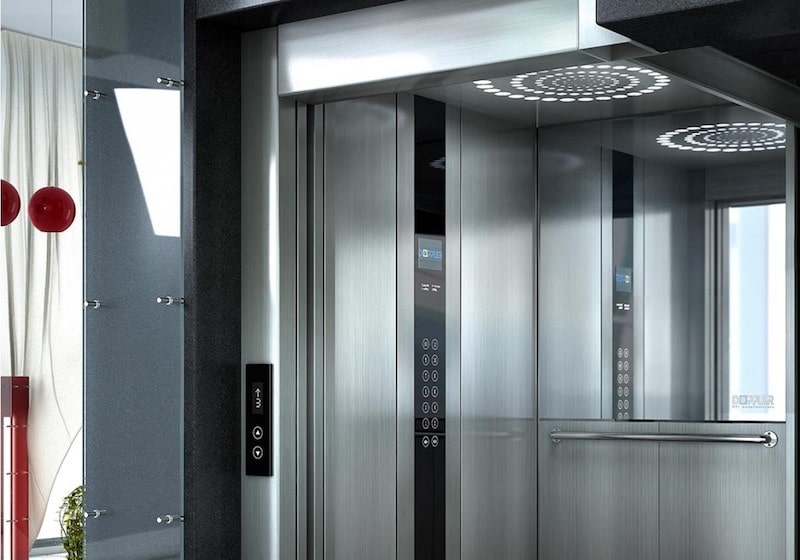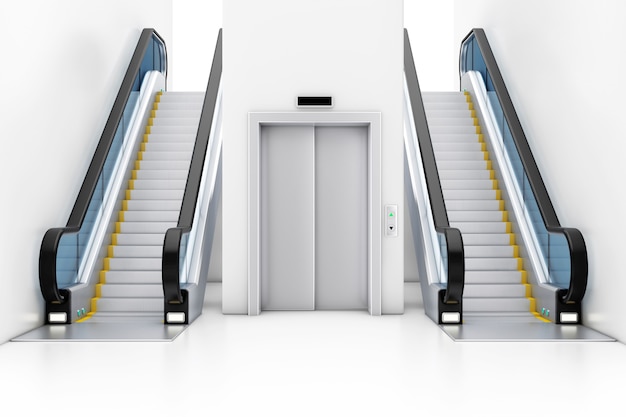London Lift Company: Providing Comprehensive Lift Solutions Across the Resources
London Lift Company: Providing Comprehensive Lift Solutions Across the Resources
Blog Article
Diving Into the World of Lifts: Typical Issues Dealt With by Various Lift Devices
As we navigate via the upright transport systems of contemporary structures, lifts stand out as an essential part of our daily lives. From hydraulic lifts to traction systems and machine-room-less styles, each lift kind comes with its set of usual concerns.
Hydraulic Elevators
Hydraulic elevators, commonly favored for low-rise buildings, utilize fluid pressure to control the motion of the elevator cars and truck (lift repair companies). This device entails a hydraulic pump pressing oil right into a cyndrical tube, causing the lift to relocate the preferred instructions. While hydraulic elevators are understood for their quiet and smooth procedure, they do feature their very own collection of usual concerns
One common issue with hydraulic elevators is oil leak. In addition, concerns with the control system, such as malfunctioning valves or a malfunctioning pump, can cause disturbances in the lift's motion.
Regular upkeep and timely repair work are important to guarantee the smooth functioning of hydraulic lifts. By attending to these typical issues proactively, structure owners can minimize downtime and make certain the security and efficiency of their upright transportation system.
Traction Lifts
When thinking about vertical transport systems in buildings, another usual kind in addition to hydraulic lifts is the traction elevator. Grip lifts operate making use of a system of ropes and counterweights that move the lift automobile by gripping onto the hoist ropes. This device permits smoother and faster upright transport compared to hydraulic systems.
Among the typical issues encountered by traction lifts is rope wear. The consistent movement of the ropes within the traction system can bring about tear and use gradually, potentially causing the lift to breakdown or become harmful for usage. Regular inspections and upkeep of the ropes are necessary to make certain the elevator's correct performance and security.
An additional issue that traction lifts might come across is related to the control system. Issues with the control system can bring about problems such as irregular movement, delays in action times, or perhaps complete shutdowns. Normal testing and maintenance of the control system are critical to stop such concerns and ensure the elevator's dependability.
Machine-Room-Less (MRL) Lifts

One of the crucial components of MRL lifts is the small gearless grip maker that is installed within the hoistway. This equipment effectively drives the lift cars and truck without the requirement for cumbersome devices found in typical grip elevators. In addition, MRL elevators usually use a weight system to balance the auto, additional boosting their energy performance.
Despite their advantages, MRL lifts might face difficulties associated with repair and maintenance due to the restricted area for tools installation. Accessibility for servicing elements within the shaft can be limited, requiring specialized training for professionals. Proper upkeep timetables and regular london lift company assessments are critical to guarantee the continued smooth procedure of MRL lifts.
Overloading and Weight Limit Issues
Straining and weight limit concerns are critical problems in lift procedures. Elevator manufacturers layout raises with particular weight abilities to make sure traveler security and devices durability.
When lifts are strained, it puts excessive stress on the motor, cables, and other elements, possibly creating malfunctions or malfunctions. If they detect excess weight, safety and security mechanisms such as sensing units and overload sensors are in area to avoid lifts from moving. In addition, surpassing weight restrictions can result in increased power consumption and damage on the elevator system.
To alleviate overloading problems, building managers should plainly display weight limitations in elevators and inform residents on the significance of sticking to these limitations - lift repair companies. Routine upkeep checks by qualified specialists can additionally help make certain that elevators are running within risk-free weight parameters. By addressing overloading and weight limitation issues proactively, structure owners can boost elevator safety and effectiveness
Electrical System Failings
Surpassing weight limitations in lifts can not only bring about mechanical issues but additionally potentially add to electrical system failures within the lift framework. Electric system failures are an essential issue in elevator procedure, as they can trigger unanticipated closures, malfunctions, or even security threats. One common electrical problem is the getting too hot of parts due to excessive current flow triggered by overwhelming the lift past its capacity. This can result in damage to the electric motor, circuitry, or control systems, leading to costly repair work and downtime.
Moreover, power rises or changes in the electrical supply can also disrupt the lift's procedure, impacting its performance and safety. These electric disturbances can harm delicate lift components such as control panels, motherboard, or sensing units, leading to system failings. Normal upkeep and assessments are critical to identify and attend to prospective electrical issues promptly, making certain the efficient and safe procedure of elevator systems. By adhering to weight limits and carrying out routine electrical system checks, structure owners can minimize the danger of electric failures in lifts.
Verdict

Hydraulic elevators, often liked for low-rise buildings, make use of fluid pressure to control the motion of the elevator auto.When taking into consideration vertical transport systems in buildings, an additional common kind aside from hydraulic elevators is the grip elevator. Traction lifts operate making use of a system of ropes and counterweights that relocate the elevator auto by grasping onto the hoist ropes. Unlike traditional lifts that require a different equipment space to house the equipment, MRL lifts incorporate many of the components within the shaft, getting rid of the need for a specialized machine space.In verdict, elevators deal with typical concerns such as hydraulic malfunctions, grip system failings, and electrical system problems.
Report this page